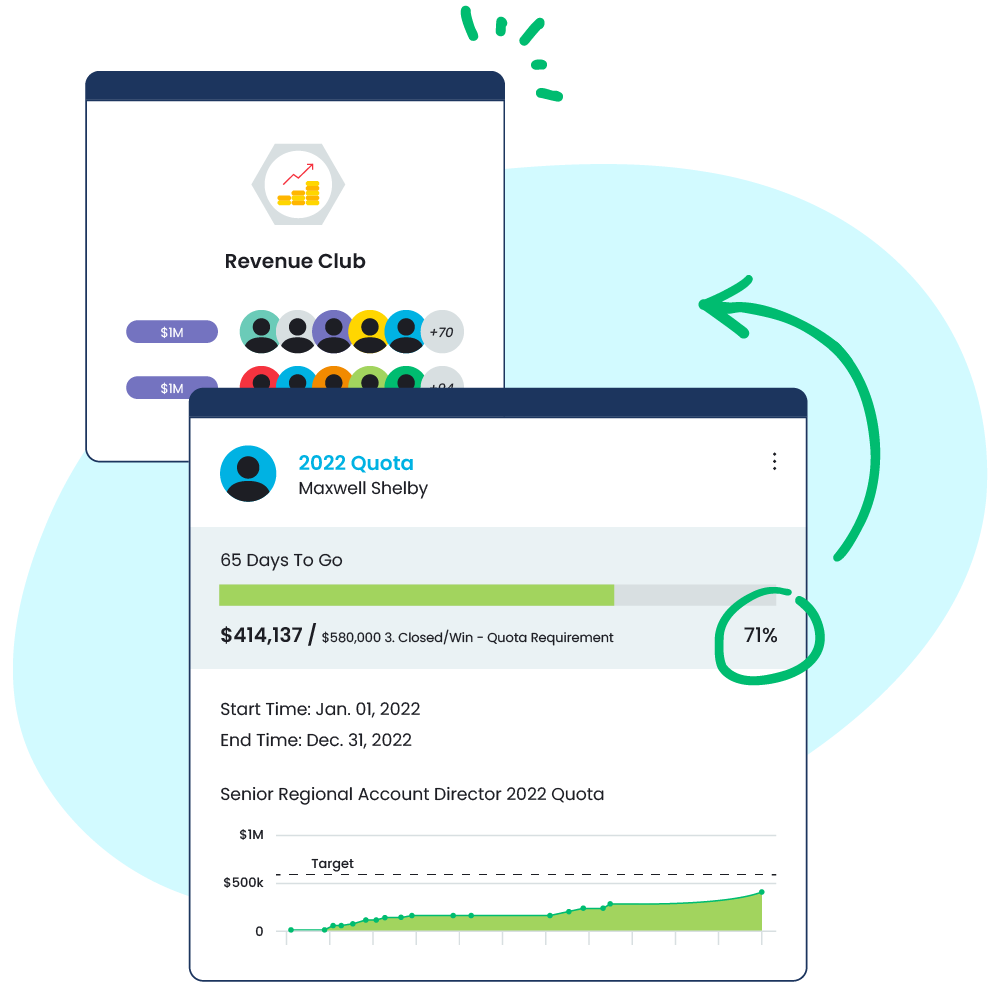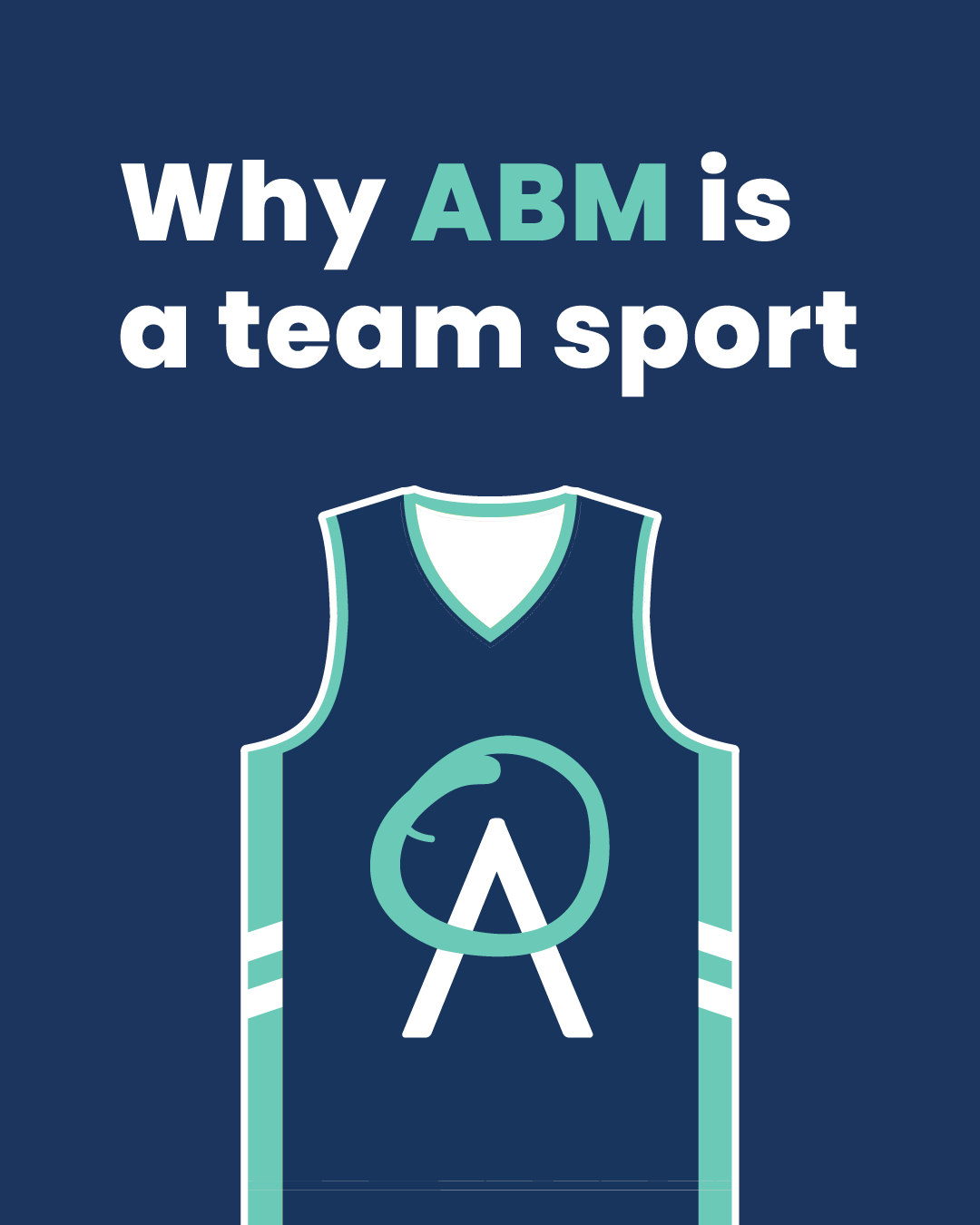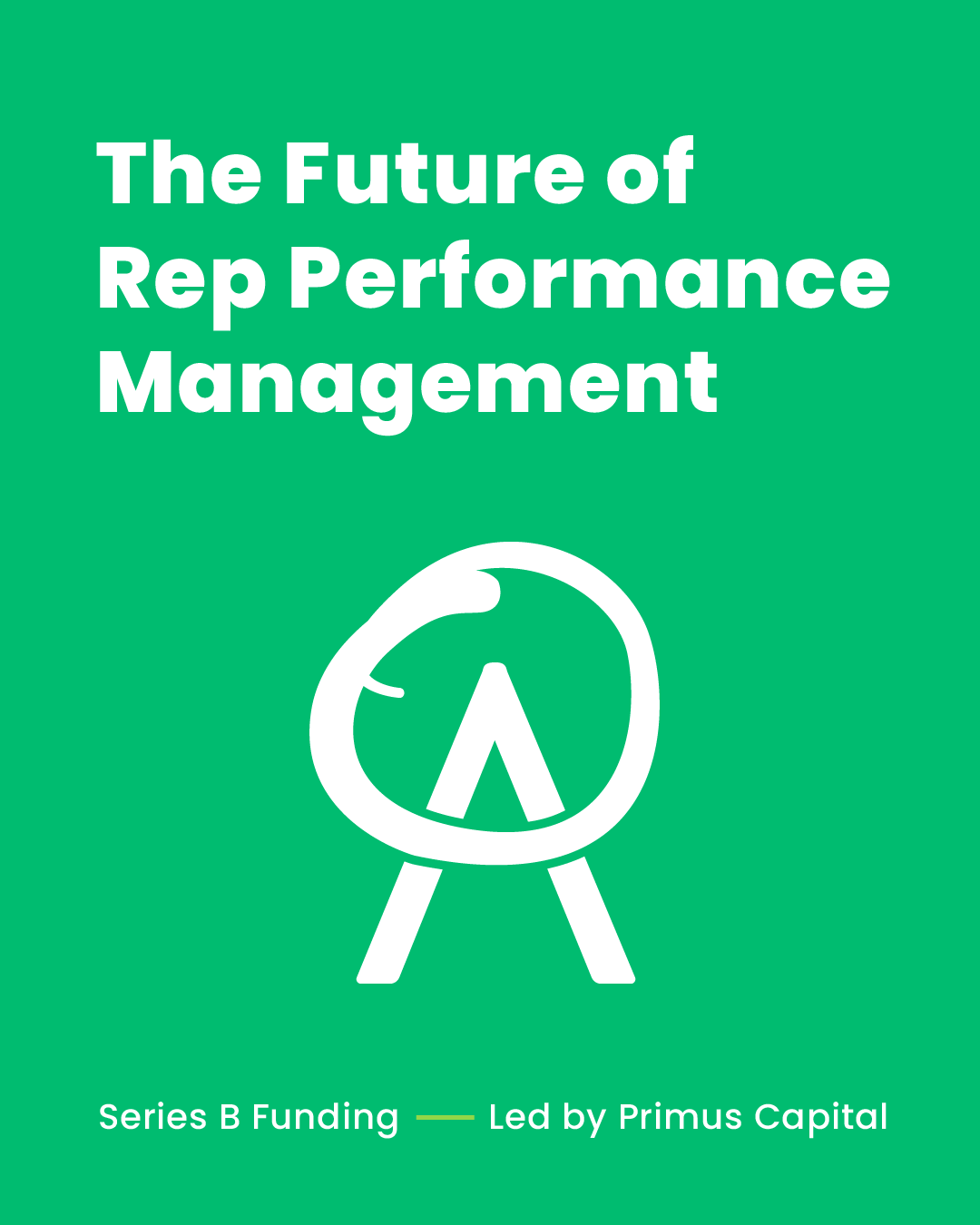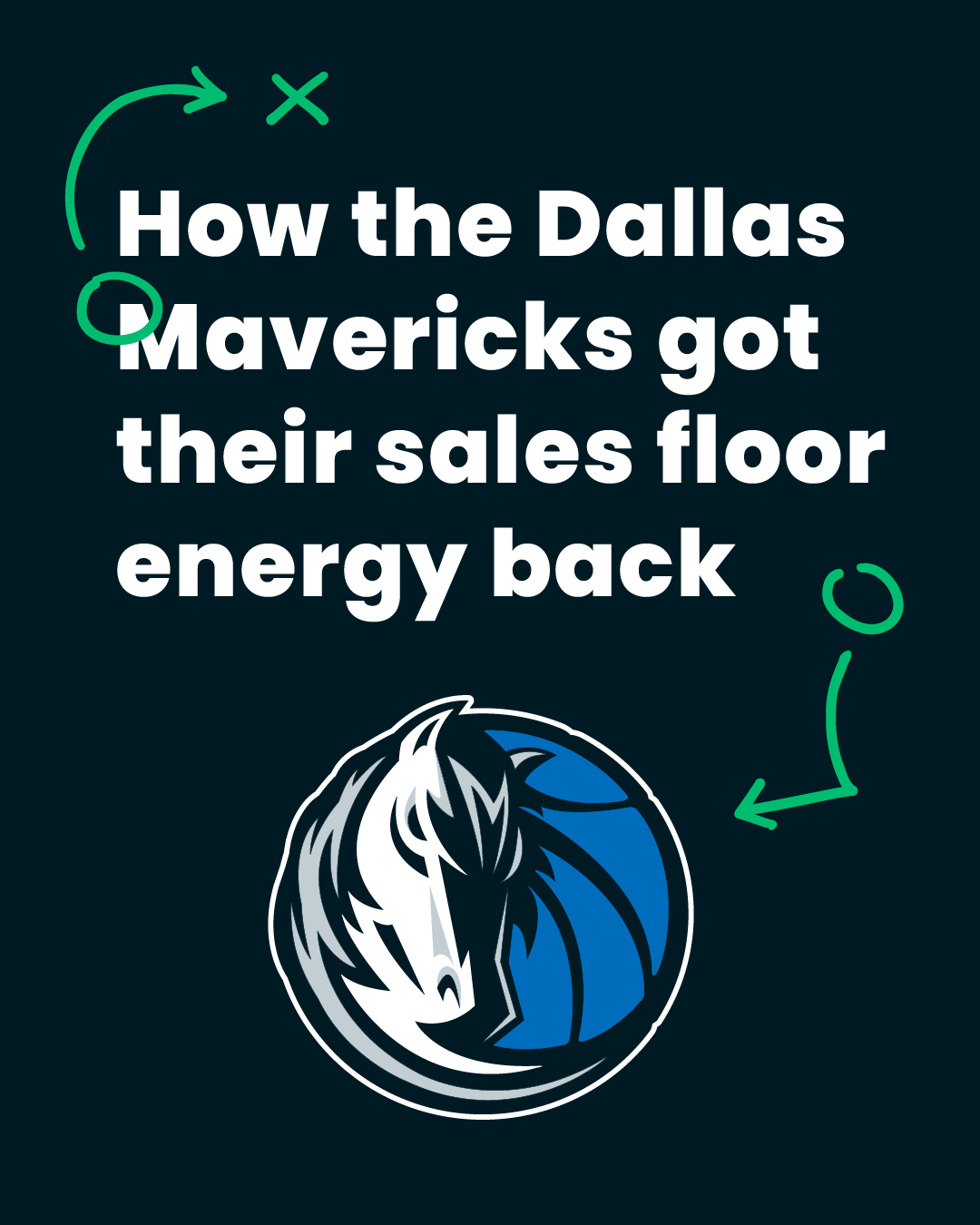Gamification Leaderboard
Gamification Leaderboard
Sales, in many ways, is a numbers game. It involves forecasting, tracking, meeting quotas, and so many other elements that are used in everyday games and competitions. Sales leaderboards and gamification take advantage of this to help motivate teams and promote excitement about the sales processes. Using a gamification leaderboard, companies can improve culture and boost performance, as well as create a laser focus on bringing visibility to KPIs across the organization. It could also be an ideal way to get everyone involved and help teams stay connected with each other, even if they’re working remotely.
In fact, if you’re working primarily within a digital environment, a leaderboard app can work wonders for getting your sales team involved and helping to create a fun experience that drives better results across the organization. Leaderboard gamification is great for making ordinary leaderboards fun. Targeted goals that are presented as a game or contest can lift morale and get people involved in a little friendly competition. You could also use an online scoreboard generator designed to help businesses generate and organize scoreboards for their sales teams. These can be especially useful for teams or companies with little to no experience with gamification and creating sales scoreboards.
There’s no question that sales gamification and gamification software bring incredible value to sales teams everywhere. Ambition offers tools to help businesses create fantasy contests, sales TVs, leaderboards, and SPIFFs to drive meaningful behavior change. With this platform, users can also sync Ambition to Salesforce and automate individual goals, run contests and leaderboards, and automate various processes through alerts. Ambition is a sales management cloud endorsed by Google, Harvard Business Review, and AA-ISP, making it a viable option for businesses looking to gamify some or all of their sales operations.
An Executive Analysis
How Sales Coaching Impacts Key Business Metrics

What Are Leaderboards
Some may wonder: what are leaderboards, and why are they important? In the sales world, leaderboards track the performance of sales teams in meeting certain business goals. They also display the rankings of various “players,” or sales team members, measuring their progress against that of others on the team. Companies that wish to get particularly creative might choose to implement points, badges, and leaderboards as a way to keep track of their sales goals and help keep team members motivated to perform well.
Leaderboards might display detailed timelines that inform team members of what they should accomplish and by what date. Oftentimes, team leaders may use a leaderboard ranking algorithm to determine who has achieved the highest ranking in specific areas. They could then show this information to other team members. These ranking algorithms can help foster a competitive spirit among team members, promote transparency and, most importantly, help improve sales processes.To make the most out of your leaderboards, you should also consider integrating them with your existing CRM tools and software.
While leaderboards generally inspire individual effort, they can also be used to encourage teamwork. Pair up your sales reps or sort them into groups depending on various criteria and allow them to work together to achieve a common goal. There are so many different ways companies can use leaderboards to their advantage—you just have to get creative!
Offering quality incentives and rewards can help you leverage your leaderboards in a way that’s truly impactful. The game element in itself is usually enough to get people excited, but if you really want to see things heat up in a positive way, it is often important to ensure you’re putting forth a prize that’s well worth your team’s efforts. This can make tracking leaderboards even more exciting and can help ensure that your sales processes are more in line with your overall company goals.
Gamification Leaderboard Template
Gamification could be an effective way to engage sales teams and make the work process more engrossing. However, gamifying your existing business processes and coming up with a clear, effective leaderboard can be challenging, especially for those that have never done it before. If you are struggling trying to design one, or need help figuring out how to implement this sort of framework into your sales operations, you might opt for a gamification leaderboard template, which can provide a rough outline for how to design your leaderboards like a fun game.
You could also use a competition leaderboard template, which is similar to a gamification leaderboard template in that it offers a blueprint for how to create competitive, gamified experiences for your sales team. Some competition templates may come with built-in metrics or standards of measurement to help companies track their progress over time. Depending on what you’re looking for, you might be able to find an extremely fleshed out, pre-made template, or one that allows for greater customization according to individual business preferences. 
Of course, when designing a gamification leaderboard template of any kind, you may want to keep your ultimate goal in mind. What are you hoping to accomplish with the gamification process as it relates to your sales team? Clearly defining and understanding your objectives can make gamification so much easier, as you’ll already have an idea of what the chess pieces are going to be, so to speak. Your team will know exactly what targets they need to hit, and they can plan and devise strategies according to the needs outlined in the original template.
To view an effective gamification leaderboard template, you could look around and see what other businesses have done that either has or hasn’t worked out well. You also need to get a sense of whether or not their sales team enjoyed these gamified leaderboards and what, if anything, could be modified when implemented into your own organization.
Gamification Leaderboard Examples
There are countless gamification leaderboard examples you could look to for inspiration. Whatever kind of “game” you’re aiming for, whatever your end sales goals are, there is likely to be something to suit your needs. Gamification leaderboard examples will naturally vary, depending on your industry and what type of sales process you’re trying to gamify. If you want to create an effective gamification leaderboard, it’s important to look at ones done right—ones that have worked well for the businesses that have implemented them. Implementing strategies that do not align with your needs can backfire, and the last thing you want is a disorganized, dissatisfied sales team that failed to derive better outcomes from the process.
Though gamification examples abound, narrowing them down can be tricky. Factors you may want to consider when making your decision are innovation, leaderboard design, feedback and ranking data, and the ability to customize and alter templates as your objectives evolve. You want something that’s going to display high performers, but also help encourage and motivate those who are struggling to meet certain standards. Ideally, gamified leaderboards should get everyone involved and inspire a sense of teamwork within your sales department. While gamified leaderboards such as these are highly competitive in nature, their ultimate purpose should be to unite teams in a way that enables them to produce better results.
As mentioned previously, you can incorporate special badges and prizes along the way—you don’t necessarily have to wait until the game is over to reward your team. These can be in the form of ranking privileges, or even larger monetary incentives. Granting small rewards here and there can inspire sales teams and keep them focused on the larger goal at the end of the road. They can help make the daily sales grind easier, providing an opportunity for fun, while still holding team members accountable.
Gamification in the Workplace Examples
Just like with leaderboard templates, you can find many gamification in the workplace examples online or with other businesses. Gamification can range from individual rep scorecards to live leaderboards to fantasy-style contests. Scorecards help gamify sales reps’ daily activities, providing detailed metrics on what should be accomplished and what targets need to be hit. Within any workplace context, sales gamification involves metric-driven strategies leaders use to make decisions regarding critical processes such as onboarding and productivity—it is transformed into a fun game of sorts rather than just a list of tedious tasks.
Still not sold on the benefits of gamification? You could consider some tangible statistics. Companies that have implemented sales gamification have seen up to 7x conversation rates, and games in the workplace can increase employees’ ability to learn new skills by 40%. Additionally, 89% of people said that when a task at work is gamified, they feel competitive and more eager to complete it. Figuring out the right strategies for gamifying your sales processes and creating leaderboards can be tricky, but in the end it could pay off in a major way.
Ambition’s gamification software is available to help businesses get started gamifying the everyday tasks of their sales teams. Spin up challenges in a flash, motivate your team, and drive behavior change by aligning competitions with outlined scorecards. Ambition also makes it easy to run strategic competitions that are aligned with your key initiatives and the KPIs that matter most to your reps so that you can incentivize your team and affect behavior change as necessary.



